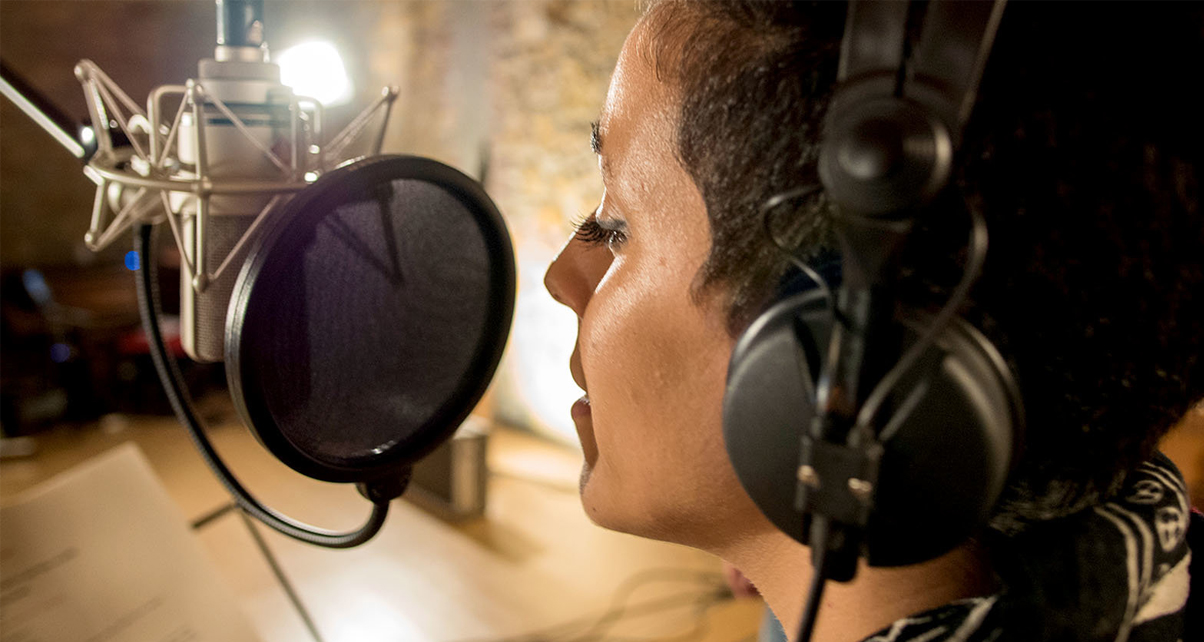
Although life-stage dependent auditory plasticity was investigated in diverse species ( Sisneros et al., 2004 Arch and Narins, 2009 Caras, 2013 Brenowitz and Remage-Healey, 2016), it has never been addressed in relation to multiple functionally distinct vocal signals. For example, female plainfin midshipman fish ( Porichthys notatus), that use phonotaxis to find their mates, go through seasonal and hormone-mediated changes in the peripheral auditory system that enhance their ability to detect males ( Sisneros et al., 2004). To optimize communication in changing contexts senders can modify the frequency, amplitude, timing or type of vocalizations to adjust to environmental changes or address specific receivers ( Schwartz, 1987 Hotchkin and Parks, 2013 Gill et al., 2015 Pomberger et al., 2018), and receivers can undergo changes in their auditory system ( Sisneros et al., 2004 Feinberg et al., 2006 Arch and Narins, 2009 Brenowitz and Remage-Healey, 2016). Investigating how these mechanisms interact with signal categorization is central to our understanding of the coevolution of production and perception of complex vocal communication systems. This can be combined with mechanisms that enhance the saliency of the signals in a given context, such as vocal plasticity in the senders or auditory plasticity in the receivers ( Shannon, 2001 Bergstrom and Rosvall, 2011 Bradbury and Vehrencamp, 2011). In vocal species where different messages are conveyed by multiple signals, the receiver brain needs to be capable of categorizing such signals ( Miller et al., 2003 Prather et al., 2009). These results provide novel insights into auditory plasticity of communication systems, showing that the perception of specific signals can shift according to ecologically-determined physiological states. Furthermore, the changes in auditory response are not general, but specific to a subset of functionally distinct vocalizations and dependent on the emitter’s identity. These changes are associated with an increase in the amplitude of the female’s neural auditory responses. We show that during breeding, females (but not males) increase their estrogen levels and reply faster to their mates when interacting vocally. By using miniature wireless devices to synchronously record vocal interactions and local neural activity in freely-behaving zebra finches in combination with playback experiments, we investigate whether the auditory processing of vocalizations changes across life-history stages.


However, it remains unknown whether the auditory perception of different vocalizations changes according to the ecological context. Social animals flexibly use a variety of vocalizations to communicate in complex and dynamic environments. 3FitzPatrick Institute of African Ornithology, University of Cape Town, Rondebosch, South Africa.2Konrad Lorenz Research Center, University of Vienna, Grünau im Almtal, Austria.1Department of Behavioural Neurobiology, Max Planck Institute for Ornithology, Pöcking, Germany.D’Amelio 1,3, Manfred Gahr 1 and Andries ter Maat 1


 0 kommentar(er)
0 kommentar(er)
